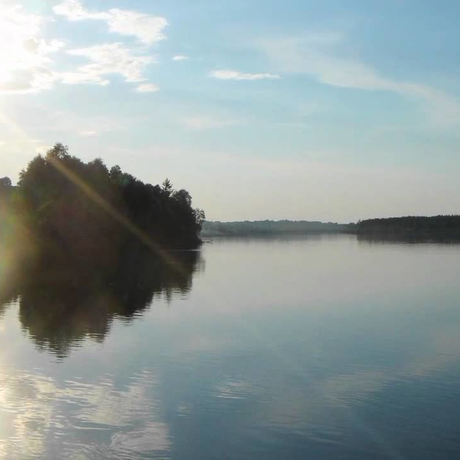Science News
Chernobyl’s Mammals

In modern Europe, there are few places that remain totally wild. Human settlement has touched almost the entire continent. Conservation efforts have helped the number of large mammals rebound, but the threats of human encroachment, from loss of habitat to hunting, are omnipresent.
There is, of course, one large exception. At the intersection of Ukraine, Belarus, and Russia, along the Pripyat River, there exists an area larger than the state of Rhode Island that is almost completely inaccessible to human intervention. No new construction, just a few hundred inhabitants, and only limited access to specialized workers. There’s just one small problem: the entire 4,200 km2 area is covered in radioactive Cesium-137. This is the Chernobyl Exclusion Zone.
Since 1986, this area has been left off-limits due to the worst nuclear accident in the world’s history. Leave it to scientists, then, to find a silver lining in an otherwise tragic accident: the Exclusion Zone has become a de facto nature preserve, a laboratory where researchers can study large mammal populations unaffected by human development.
An international European group of scientists led by T.G. Deryabina of Queen’s University Belfast used helicopters to take a census of the large mammal populations that remain. They were surprised to discover that there were similar or greater numbers of elk, deer, and boar compared to nearby nature preserves, and that there were seven times more wolves than in adjacent regions.
Deryabina and her team were able to reject several hypotheses that radiation levels would cause a decline in such populations, as well as the possibility that these animals were moving into the Exclusion Zone from nearby, unaffected areas. In their paper published in Current Biology, Deryabina writes that “any potential long-term radiation damage to populations is not apparent from our trend analysis of large mammal abundances.” Still, the group admits that their points of comparison are marred by human influence and that it is ultimately impossible to separate the effects of radiation from their census data.
The researchers suggest caution in drawing conclusions about the safety of the region—for both humans and animals. According to Jim Smith of the University of Portsmouth, “This doesn’t mean radiation is good for wildlife, just that the effects of human habitation, including hunting, farming, and forestry, are a lot worse.”
Due to the amount and type of fuel used in a nuclear reactor, it may not be safe for humans to return permanently to the Chernobyl disaster site for a very long time. In the meantime, it will remain a place of interest for biologists researching the effects of radiation exposure and for ecologists who seek a model of pre-human Europe.
Image: Valeriy Yurko/T.G. Deryabina et al/Current Biology 2015
